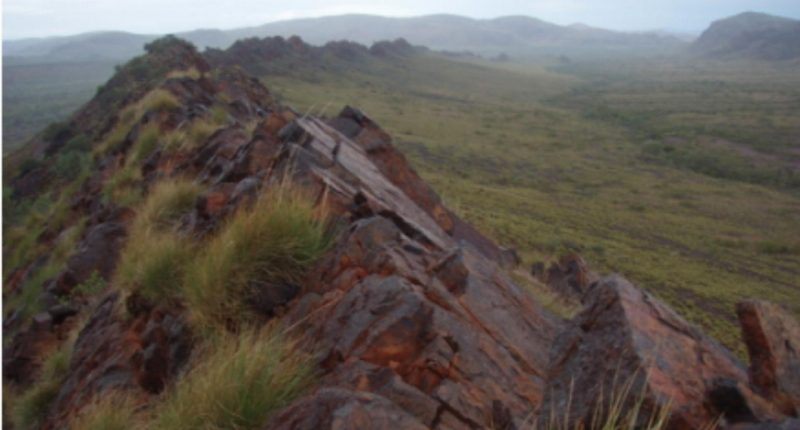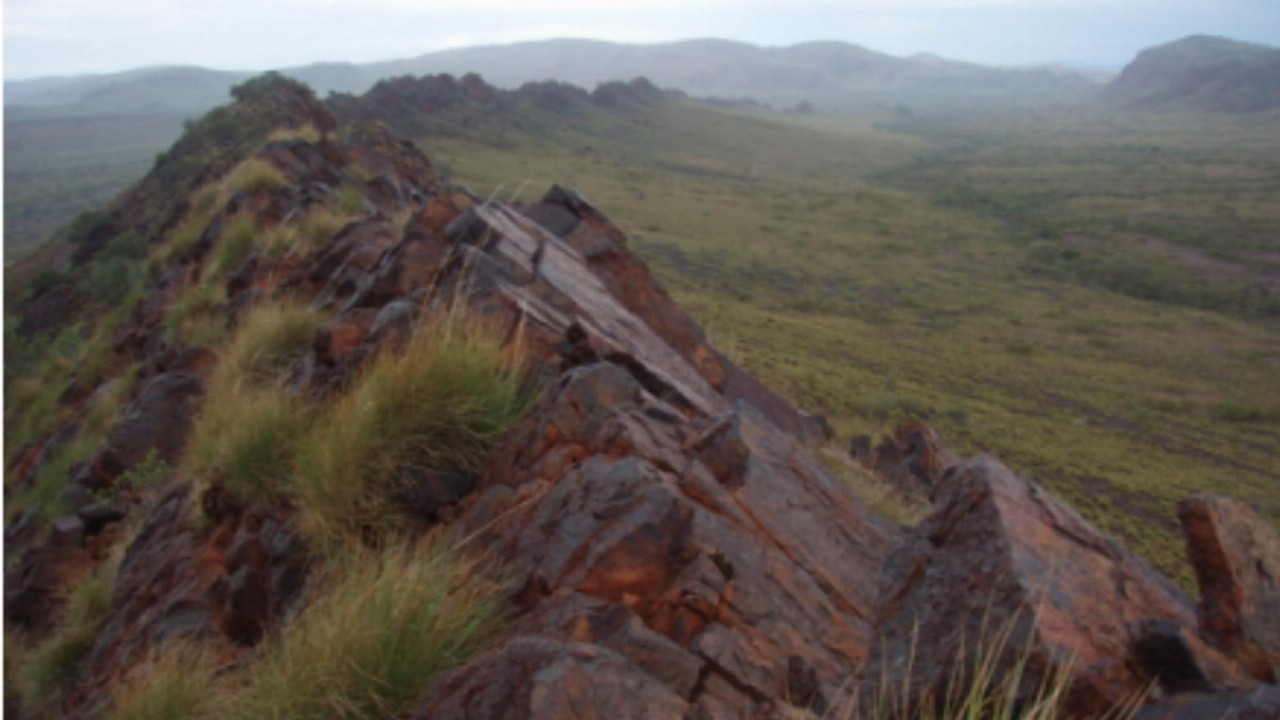- Strike Resources (SRK) updates a feasibility study for its Paulsens East Iron Ore Project in WA’s Pilbara region, with lower forecast capital and operational expenditure
- Strike’s new study reflects a two-stage development plan, with $3.4 million in capital expenditure required for stage one and another $3 million for stage two
- At a benchmark iron ore price of US$110 (A$154) per tonne, the project would have operating net cashflow of $138 million and a net present value (NPV) of $104 million over an initial 3.5-year mine life
- With average operating costs of roughly US$60 (A$84) per tonne over the life of the mine, Paulsens East has a forecast breakeven iron ore price of around US$87 (A$121) per tonne
- Shares in Strike Resources have moved sideways today, trading grey at 12 cents each at 12:11 apm AEDT
Strike Resources (SRK) has updated a feasibility study for its Paulsens East Iron Ore Project in WA’s Pilbara region, with lower forecast capital and operational expenditure.
The iron ore miner released the initial feasibility study back in October 2020. Today, Strike said it updated this study to reflect a two-stage development plan with optimised mining operations.
Strike said while the project has “significant sensitivity” to iron ore prices, a benchmark price of US$110 (A$154) per tonne would result in an operating net cashflow of $138 million and a net present value (NPV) of $104 million over an initial 3.5-year mine life. This is all pre-tax.
For reference, the price of iron ore currently sits at around US$140 (A$196) per tonne.
Strike said if the spot price of the metal stays above US$135 (A$189) per tonne over the Paulsens East mine life, the project has the potential to generate $309 million in net cashflows.
As far as costs go, Strike said the total production capital expenditure required for the first stage of the project’s development is just $3.4 million, which could be largely funded by a prepayment for an offtake deal or through other financing facilities.
The company said another $3 million will be required to ramp up to the second stage of the project, which would peg annual production at around two million tonnes per annum (Mtpa). This stage could be partly funded by first-stage cashflows.
This means the company forecasts an internal rate of return (IRR) of 132 per cent for the US$110-per-tonne price scenario and 284 per cent for the US$135-per-tonne price scenario.
With average operating costs of roughly US$60 (A$84) per tonne over the life of the mine, Paulsens East has a forecast breakeven iron ore price of around US$87 (A$121) per tonne.
Strike Managing Director William Johnson said the completion of the updated feasibility study has allowed the company to refine the business case for production from Paulsens East.
“Based upon the revised staged approach to production, the project continues to demonstrate the potential to generate very significant cashflows at current and recent iron ore pricing levels,” Mr Johnson said.
“The project breakeven price provides downside protection against any further weakening in the iron ore price over the life of mine.”
He added that by reducing the capital expenditure required for the project into a staged development approach, Paulsens East is more manageable for a company of Strike’s size.
“Furthermore, the project has additional upside potential with opportunities identified to potentially improve iron ore grades and extend the mine life,” he said.
How does the 2020 study compare?
One of the key differences between the 2020 and 2022 studies is the former forecast roughly 1.5 Mtpa production over a four-year mine life. This translated to total ore production of 6.0 Mtpa.
The updated study, with its two-staged production plan, has total ore production over 3.5 years forecast to be 6.3 Mtpa.
The 2020 study also used US$115 and US$100 as its benchmark prices, meaning previously-forecast revenue and cashflow is not strictly comparable to the 2022 updated study given the differences in prices.
Average operating costs for the 2020 study were US$64.8 million per tonne, meaning the US$60-per-tonne costs for 2022 is certainly an improvement.
Nevertheless, shares in Strike Resources have moved sideways today, trading grey at 12 cents each at 12:11 pm AEDT. The company has a $34.5 million market cap.








